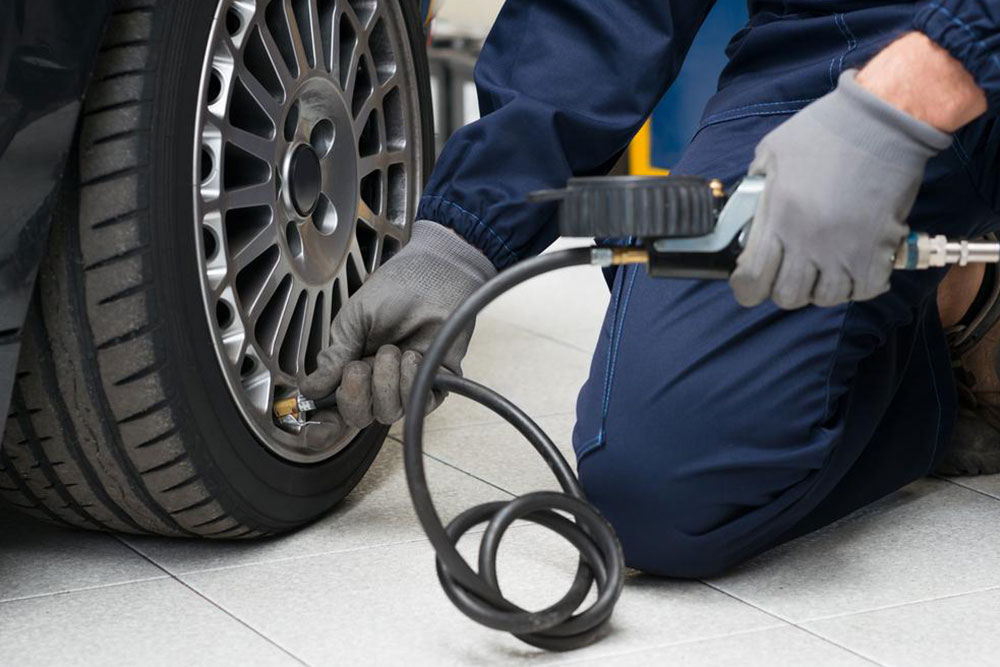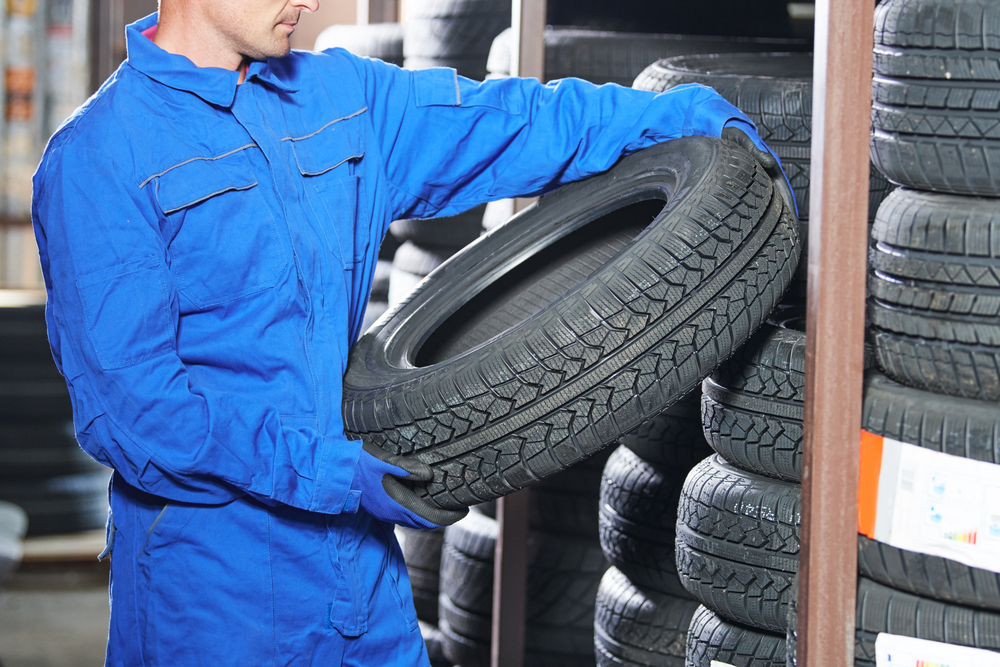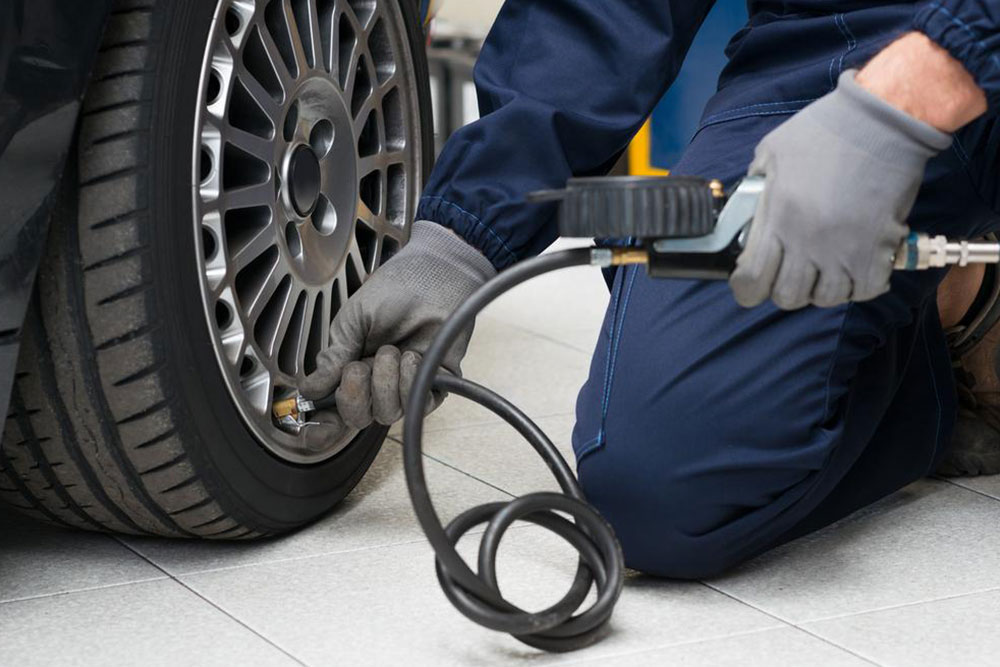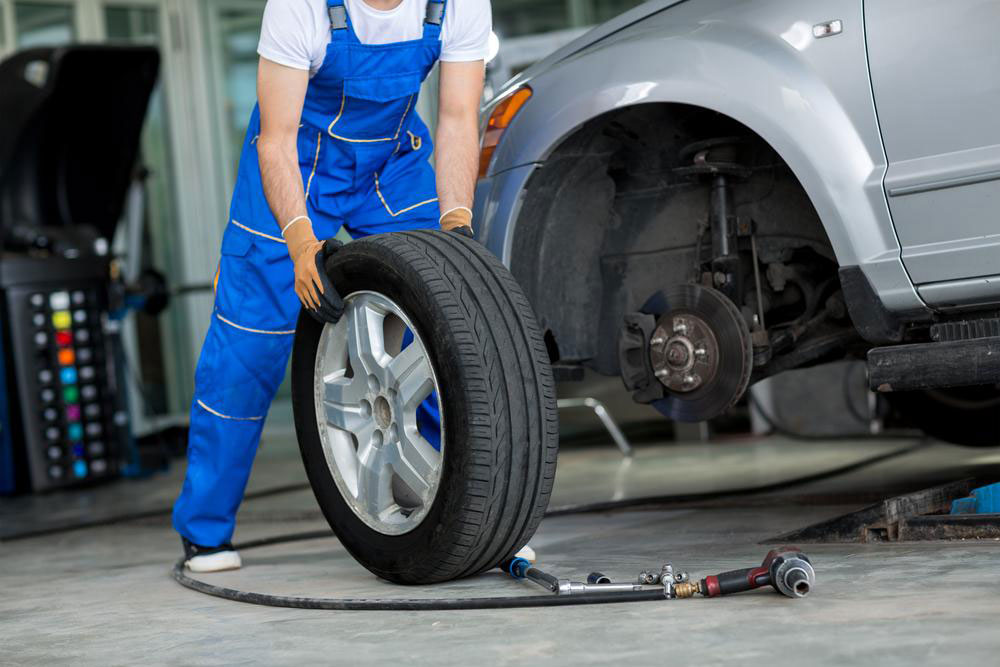Comprehensive Seasonal Tire Care Guide for Safe and Efficient Driving
This comprehensive guide covers essential tire care tips for each season, emphasizing safety and longevity. Learn how to inspect, store, and maintain your tires effectively during winter, rainy, windy, and summer conditions, ensuring optimal driving performance year-round. Regular checks, proper storage, and season-specific precautions help prevent damage and enhance safety on the road.

Comprehensive Seasonal Tire Care Guide for Safe and Efficient Driving
Maintaining the optimal condition of your vehicle’s tires is a critical aspect of overall vehicle safety and performance. Tires are the only point of contact between your car and the road, making their proper care essential for secure driving, fuel efficiency, and prolonging tire lifespan. Neglecting tire maintenance, especially during seasonal changes, can lead to dangerous driving conditions, increased risk of punctures, uneven wear, and costly repairs. This detailed guide aims to provide you with expert advice on how to effectively care for your tires throughout the year, ensuring your safety and vehicle reliability regardless of the weather conditions.
Important Reminder!
According to recommendations from the Rubber Manufacturers Association, it's advisable to inspect your tires at least once a month. Regular inspections can help identify early signs of wear, damage, or other issues that could compromise safety. Catching problems early allows you to take corrective measures before they escalate into serious hazards.
Proper tire storage is equally important for maintaining tire integrity. Store tires away from chemicals, oils, greases, and electrical components that generate ozone, as these substances can accelerate rubber deterioration. Regularly examine your tires for signs of uneven wear, punctures, tears, cracks, or bulges, which can indicate underlying problems needing immediate attention.
Winter and Cold Weather Tire Care
Cold temperatures significantly impact tire performance. As temperatures drop, the air pressure inside tires decreases roughly 1-2 PSI for every 10°F fall, due to the reduced molecular activity within the rubber. Maintaining proper tire pressure during winter is vital for safety, fuel efficiency, and preventing premature tire wear. Use a precise tire gauge to check pressure regularly, especially in cold mornings or during cold spells, and inflate tires to the manufacturer's recommended pressure levels to ensure optimal grip and handling.
Rainy Seasons: Protecting Tires from Moisture Damage
Rain and high humidity introduce moisture that can lead to rust formation on the metal parts of your wheels, weakening the overall structure of your vehicle. To prevent water damage, keep your car and tires clean, wash away mud and debris regularly, and apply protective wax or sealant to your tires and wheel rims. These protective measures help preserve the rubber’s flexibility and prevent corrosion, maintaining both vehicle appearance and structural integrity.
Windy Days and High-Speed Conditions
Strong gusts and gusty weather demand heightened caution when driving. Wind can push your vehicle sideways or cause instability, especially if your tires are underinflated or worn. To ensure safety, reduce your speed during high wind conditions, firmly grip the steering wheel with both hands, and maintain a safe following distance from larger vehicles such as trucks, trailers, or buses. Additionally, check your tire pressure before heading into windy conditions, as proper inflation enhances stability and control during gusty weather.
Summer Tips for Tire Longevity and Safety
During the hot summer months, the combination of elevated temperatures and sun exposure can accelerate tire aging and degradation. To maximize tire lifespan, store spare or unused tires in a cool, dark, and low-humidity environment, away from direct sunlight, which can cause rubber to crack and harden. Regularly inspect tires for signs of dry rot, cracking, or uneven wear, and ensure they are properly inflated. Adequate storage and maintenance across all seasons not only enhance your safety on the road but also improve your vehicle’s fuel economy and reduce long-term maintenance costs.
In summary, comprehensive tire care involves regular inspections, correct storage, adherence to recommended tire pressure, and adapting driving habits to seasonal weather conditions. By following these expert tips, you'll enhance your safety, reduce the risk of accidents, and extend the life of your tires, ensuring reliable vehicle performance throughout the year. Whether facing winter snow, rainy days, windy weather, or summer heat, proactive tire maintenance is a key part of responsible vehicle ownership. Invest in your safety and your vehicle’s longevity by staying attentive to tire condition and making seasonal adjustments as needed.





